Jun 06, 2025
Author:Jackson Watson
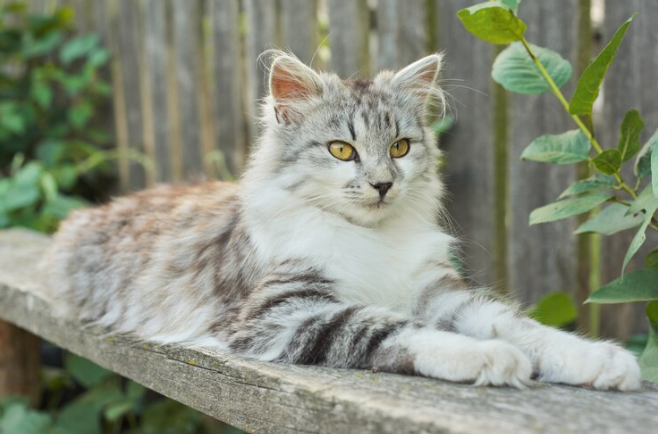
Those curled ears aren’t a defect—they’re a design choice. The Highlander Cat looks like it walked out of a wildlife documentary, but acts like a total lap-hog. People often assume exotic-looking breeds come with chaos, health issues, or high-maintenance grooming routines. Wrong. This cat breaks the mold.
What if you could own a cat that turns heads and fits effortlessly into your home? This guide cuts through the myths and lays out exactly what to expect with the Highlander Cat—from personality quirks to grooming needs to health risks that aren’t as wild as the breed looks.
You’re not here to guess. You’re here to get the facts, fast:
● What a Highlander Cat is—and why it’s so rare
● The key traits that make this breed stand out
● Grooming, feeding, and lifestyle needs
● Health risks you should (and shouldn’t) worry about
● What to expect from their personality
● Whether this breed fits your home or your schedule
This isn’t fluff. It’s everything you need—laid out clearly, so you can make the call.
At first glance, the Highlander Cat doesn’t look like a domestic breed. Those curled-back ears, muscular frame, and big paws hint at something untamed. But this cat was bred to look wild, not to act it.
The Highlander is a hybrid breed that originated in the early 2000s. It’s a mix of the Desert Lynx and the Jungle Curl—two experimental breeds created to combine unique physical traits with a social, affectionate personality. Despite its name and build, this cat has zero wildcat DNA.
What makes the Highlander rare isn’t just its distinctive look. It’s the intentional, small-scale breeding focused on temperament, health, and exotic appeal. Most Highlander Cats are bred by select enthusiasts, not large commercial operations. That limits supply and keeps quality high.
You’ll often see traits like:
● Polydactyl paws (extra toes)
● Short or kinked tails
● Wide-set eyes and strong jawlines
● Either short or long coats with spotted or marbled patterns
But beyond the physical, what really sets this breed apart is its behavior. Unlike many hybrid-looking cats, Highlanders are calm, people-friendly, and easy to train. They're confident without being aggressive, active without being chaotic.
That's why breeders—and serious cat lovers—treat them like a best-kept secret.
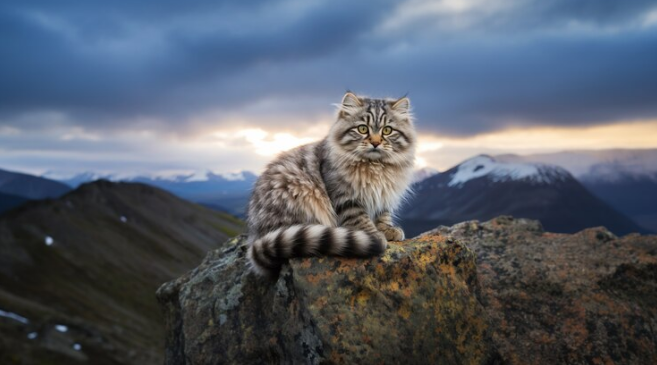
The Highlander Cat stands out on purpose. Everything about this breed—from its wild features to its calm, confident vibe—makes people take a second look.
It’s not your average shelter cat. Not even close. Here’s what sets the Highlander apart from the usual crowd.
This cat is built like a showstopper. Everything about its appearance leans toward being unique:
● Curled ears that fold backward, giving it a wild, look
● Polydactyl feet, often with six or more toes on each paw
● Muscular build, with a sturdy, athletic frame
● Short or bobbed tails, sometimes kinked or curved
● Spotted or marbled coats in both short and long hair varieties
Each trait is intentional, developed through careful, targeted breeding.
Highlanders might look tough on the outside, but they’re actually soft-hearted, friendly, and easy to live with. They settle into home life fast and usually get along with both people and other pets without much trouble.
They like having a routine, thrive with a little structure, and handle new situations without getting jumpy or aggressive. They’re social, but not needy. You’ll get plenty of interaction, but without the constant demands some high-energy cats bring to the table.
What makes the Highlander different isn’t volume or attitude—it’s the calm confidence they carry without needing to steal the spotlight.
Highlander Cats may look rugged, but their care routine is refreshingly simple. With the right tools and attention, they adapt well to a variety of home environments, whether you’re out during the day or managing a multi-pet setup.
● Grooming Requirements: Coat length determines how much effort goes into grooming. Short-haired Highlanders only need a quick brush once or twice a week. Long-haired types benefit from more frequent combing to prevent tangles and reduce shedding. Neither coat type is prone to matting if you stay consistent. Their ears, being curled, should be checked regularly for debris buildup.
● Feeding and Portion Control: These cats carry muscle naturally, so it’s easy to overfeed without realizing it. Scheduled, measured feedings are more effective than free-feeding. This is where a smart feeding setup can make life easier. WOpet’s automatic feeders offer portion-controlled, scheduled meals managed through a secure app. You stay in control of your cat’s diet—even when you're not home.
● Lifestyle and Daily Rhythm: Highlanders need moderate stimulation—daily play, climbing, and human interaction. They’re not the kind of cat that vanishes under the bed or tears through your furniture. They prefer structure, interaction, and a predictable environment. For hydration, a WOpet water fountain supports cleaner, fresher water access than a standard bowl. Circulating water encourages healthier drinking habits, which support digestion and overall energy levels.
Smart tools like feeders and fountains don’t replace engagement, but they simplify the day-to-day. That allows you to focus on the parts of pet ownership that matter most: connection, care, and peace of mind.
No breed is completely risk-free. But the Highlander Cat was developed with long-term health in mind. Most of the concerns people have come from how exotic the cat looks, not how its body actually functions. Here’s a breakdown of what to keep an eye on and what’s more myth than medical concern.
● Curled Ears and Ear Health: The curled ears are a natural part of the breed, not a mutation linked to chronic health issues. But because of their unique shape, they can trap debris more easily than straight ears.
● Joint and Bone Structure: The Highlander has a muscular build, a wide chest, and often extra toes. Some assume this increases the risk of hip dysplasia or joint problems, but there’s no direct link backed by breed-specific data. Most Highlanders show normal movement, jump freely, and age without structural complications. Extra toes (polydactyly) may look unusual, but they don’t cause pain or interfere with walking when properly formed. Nail trimming is important—more toes mean more nails to manage.
● Tail-Related Issues: Kinked or shortened tails in this breed are cosmetic, not clinical. They’re bred to be short and naturally curved. That said, never pull or bend a tail that looks stiff or malformed. In rare cases, a malformed tail may have fused vertebrae or limited nerve function. If you see any signs of discomfort during play or movement, have it checked.
● Genetic Concerns: Because Highlanders are bred from experimental lines, buyers sometimes raise questions about inherited diseases. So far, the breed does not carry known genetic conditions at higher rates than more common cats.
● Weight Management: Their strong build can mask weight gain, which puts strain on joints and reduces activity. It’s not a breed-specific defect—it’s a care issue. Consistent feeding routines and controlled portions keep this risk off the table.
The Highlander’s most eye-catching features don’t come with hidden problems. Most health risks are manageable with consistent care, basic grooming, and smart observation. That makes this breed both distinctive and dependable in the long run.
You don’t bring a Highlander Cat into your home for background company. This is a breed with presence—both in looks and in behavior. It thrives in environments that offer stimulation, structure, and interaction. Understanding what drives this cat will help you figure out whether it fits your daily rhythm.
Highlanders are confident but not dominant. They’re curious, social, and surprisingly adaptable. Many bond quickly with their household and stay loyal to familiar people. You’re not dealing with a standoffish or aloof cat. These cats tend to follow people around, engage during downtime, and show affection in calm, steady ways.
They play hard when the energy hits, but know how to relax once they’ve had enough. The best word for their personality? Balanced.
You can expect:
● Playfulness without destructive habits
● Vocalization that’s expressive but not constant
● People-focused approach that builds trust over time
● High intelligence, which responds well to structure and training
● Mild independence, which gives them space when you’re busy
They’re active, but not chaotic. They seek attention, but they don’t cling. This gives them strong versatility across different home setups.
Highlanders don’t need a full-time companion—but they don’t thrive in neglect. If your schedule keeps you out during the day, they’ll need ways to stay engaged. A setup that includes window access, climbing options, and playtime slots during mornings or evenings can support their energy levels.
They handle routine well. They know when to expect food, when the house goes quiet, and when it’s time to play. That structure helps them settle in faster. If you live in a small apartment, the Highlander won’t protest as long as you rotate enrichment and make vertical space usable. In larger homes, they make use of every room, but won’t isolate themselves.
Families, working professionals, or quiet households can all make this breed work, as long as they’re not looking for a low-interaction cat. The Highlander likes involvement. If you treat it like part of the household rhythm, it gives that energy right back.
This breed isn’t about extremes. It fits into lifestyles that offer consistency, attention, and moderate activity. And when those needs are met, the Highlander becomes one of the most rewarding companions to live with.
The Highlander Cat might look bold, but caring for one doesn’t mean reinventing your routine. If you’ve followed this guide, you’ve already stepped past the surface-level questions. You now know what makes this breed rare, how it behaves, what it needs, and more importantly, how to meet those needs without unnecessary effort.
This is a breed built for engagement, not high maintenance. It rewards structure, thrives in interaction, and blends surprisingly well into a modern home when supported with the right tools.
Here’s what you’ve now got in your corner:
● A clear breakdown of what defines the Highlander Cat breed
● The standout traits that make it unique, without overcomplicating your life
● Realistic grooming and feeding routines that support health and energy
● Honest insight into health risks that matter—and those that don’t
● A full personality profile to set expectations
● A lifestyle match guide to help you decide if this cat fits your schedule
If your next move is adding a Highlander to your home, WOpet gives you the structure to make it easy. From scheduled feeding to smarter hydration, it’s the kind of backup that keeps your focus on connection, not guesswork.
Label:
Popular Post
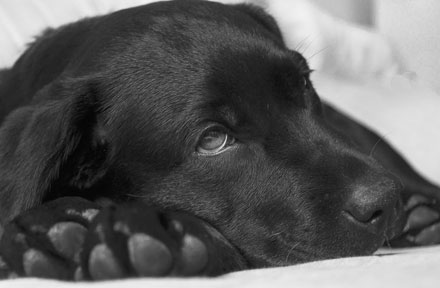
What to Feed a Sick Dog With No Appetite? [2025 Guide]
May 16, 2023
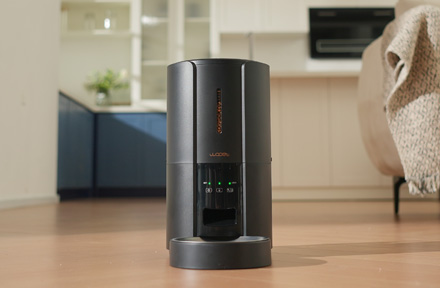
Troubleshooting Common Issues with Automatic Pet Feeders: Tips & Tricks for Pet Owners
Oct 26, 2023
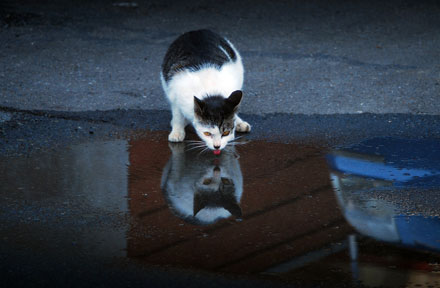
Why Does My Cat Cough After Drinking Water? 8 Potential Reasons
Mar 13, 2023
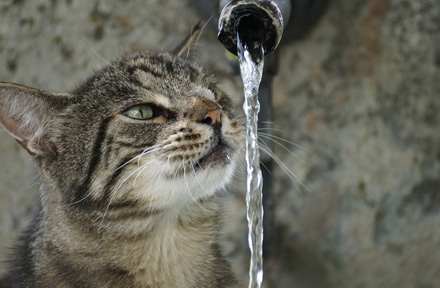
Why is My Cat Throwing up Water? Top 5 Causes Here
Feb 08, 2023
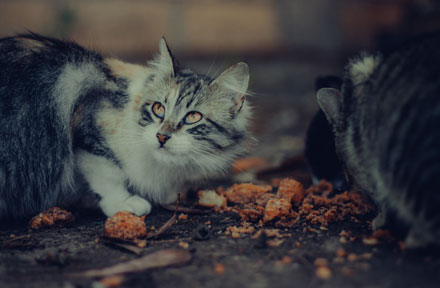
My Cat Only Eats A Little at A Time - What to Do?
Feb 27, 2023
$99.99
$129.99
Copyright © 2025 WOPET. All Rights Reserved.